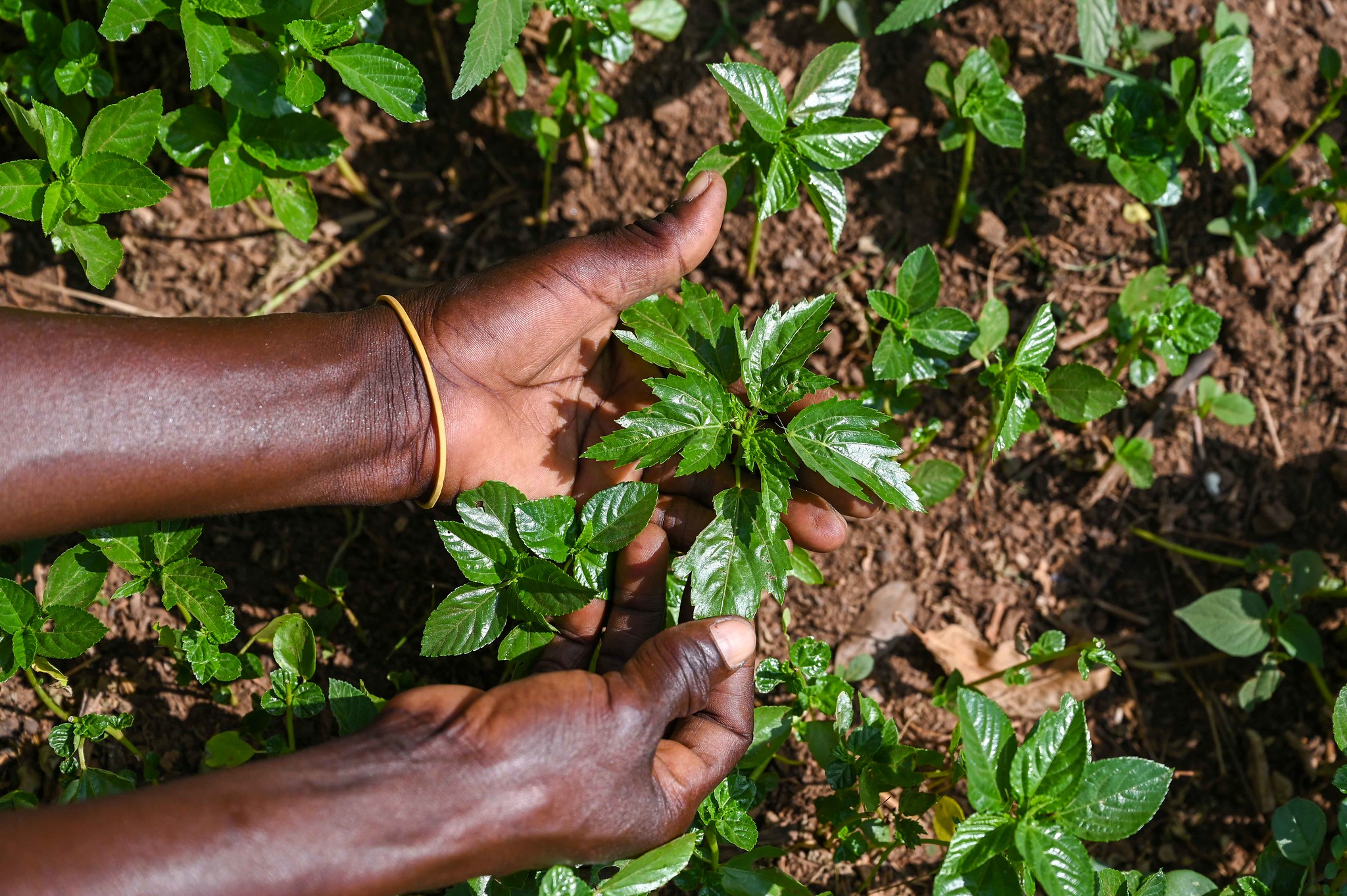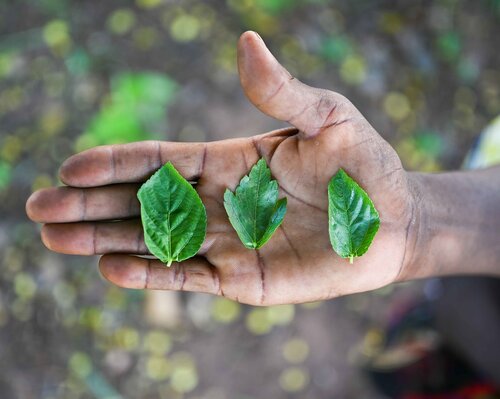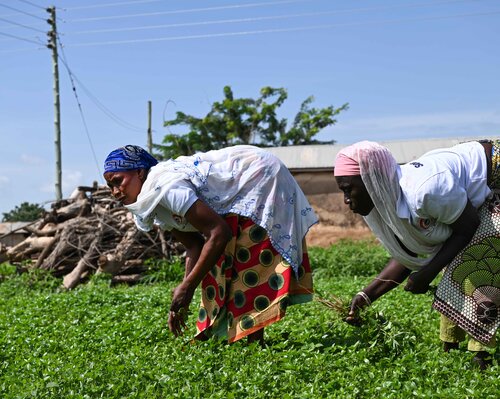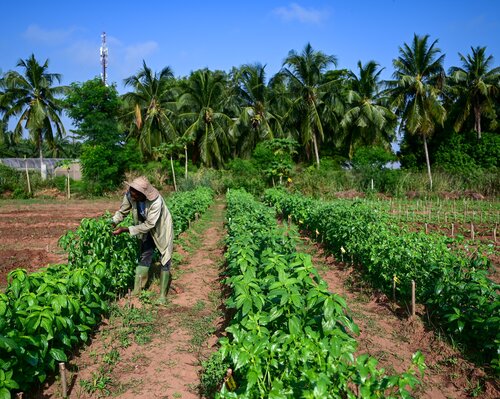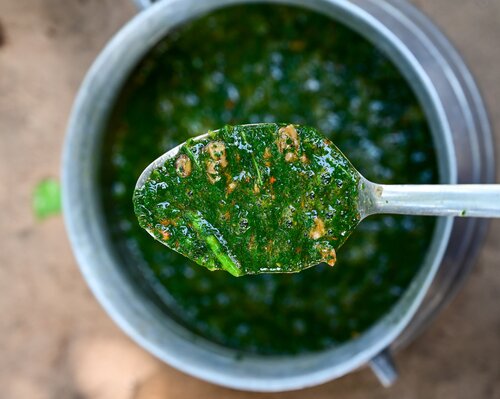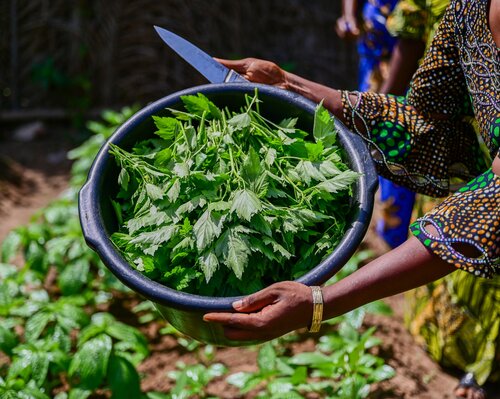Jute mallow
Corchorus olitorius
Crop Overview
Jute mallow (Corchorus olitorius L.) is a leafy green vegetable and fiber crop native to tropical and subtropical regions of Africa and Asia. Today, it is widely distributed across the tropics and subtropics, including in the Near East and North Africa, Brazil, Mexico and the Caribbean.
Common names for jute mallow include Egyptian spinach, Nalta jute, tossa jute, Jew’s mallow, West African sorrel and bush okra.
Characteristics, Cultivation and Agricultural Practices
Jute mallow thrives in warm, humid conditions and prefers well-drained, fertile soils with neutral pH to moderate acidity. However, it can grow in low-fertility soils and tolerate drought and salinity. Jute mallow is resistant to many pests and diseases, but commonly attacked by root-knot nematodes, leaf-eating beetles and caterpillars. It can also be affected by aphids and whiteflies in some regions. The crop is susceptible to fungal diseases, including anthracnose and sclerotium rot.
Under optimal conditions, jute mallow can produce total yields of 15–20 tonnes per hectare, although leaf yields are commonly about 2.5 tonnes per hectare. Growth periods range from 60 to 90 days, depending on the variety and environmental conditions. Jute mallow is commonly grown by smallholder farmers, often intercropped with legumes or cereals.
Nutritional, Economic and Medicinal Value
The leaves and young fruits of jute mallow are cooked as a vegetable, although they turn slimy or gelatinous when boiled. The dried leaves are used to thicken soups. The leaves are rich in vitamins A, B6 and C, potassium, iron, folate and dietary fiber.
Jute mallow is also used as feed for cattle in some production systems.
Jute fiber is used for the production of high-quality writing and printing papers and a variety of specialty papers, as well as ropes and coarse fabrics such as sackcloth.
Jute mallow is used in traditional medicine to treat gonorrhea, chronic cystitis and some cancers. It is also used as an analgesic, anti-inflammatory and diuretic and to reduce fever.
Gender Perspectives
Women and children are commonly involved in harvesting leaves and young fruits of jute mallow for use as vegetables, but the cultivation of the crop for fiber is largely male-dominated.
Why is the Crop Underutilized?
Key constraints to the greater cultivation of jute mallow include lack of awareness about its health benefits and culinary uses, lack of planting materials, especially of improved varieties, pests and diseases and low yield.
Diversity Available in Genesys
Genesys, the online information platform about plant genetic resources for food and agriculture conserved in genebanks worldwide, lists nearly 2,500 seed samples of jute mallow. The majority of these are held by the Unité de Génétique, Biotechnologie et Science des Semences in Benin with 1,566 samples. Smaller collections are held by:
- World Vegetable Center – 306 samples.
- The CSIR-PGRRI Plant Genetic Resources Research Institute in Ghana – 126 samples.
- The N.I. Vavilov All-Russian Research Institute of Plant Industry in Russia – 125 samples.
The overwhelming majority of samples (2,208) are landraces, with 44 samples listed as “wild” and only three as improved varieties.
Current Breeding Efforts
The Bangladesh Jute Research Institute and the Central Research Institute for Jute and Allied Fibers in India both have breeding programs focusing on the fiber characteristics of the crop. The Kenya Agricultural and Livestock Research Organization, the Agricultural Research Corporation in Sudan, the National Horticultural Research Institute in Nigeria, the Egyptian Agricultural Research Center and the Institute of Plant Breeding at the University of the Philippines Los Baños have breeding programs focusing on the crop as a leafy vegetable.

